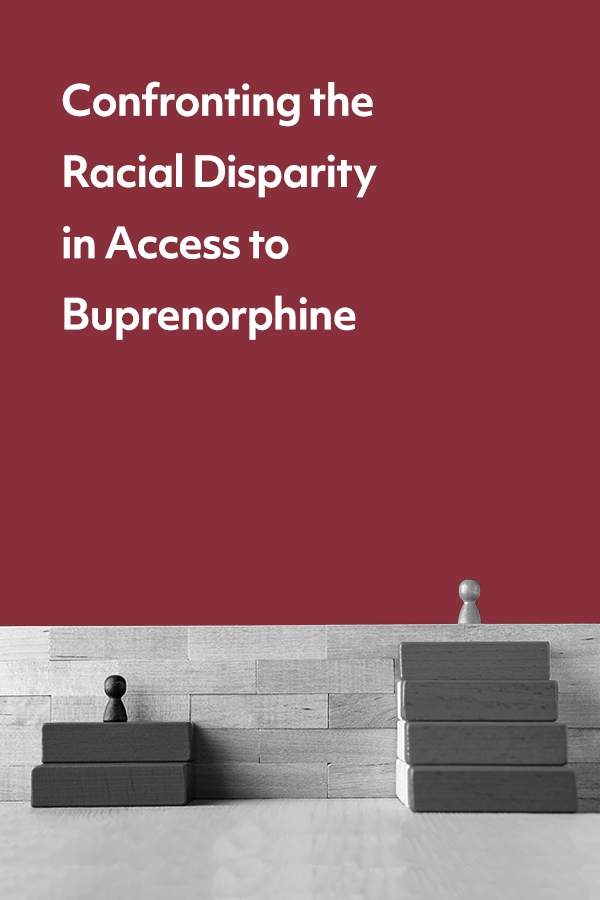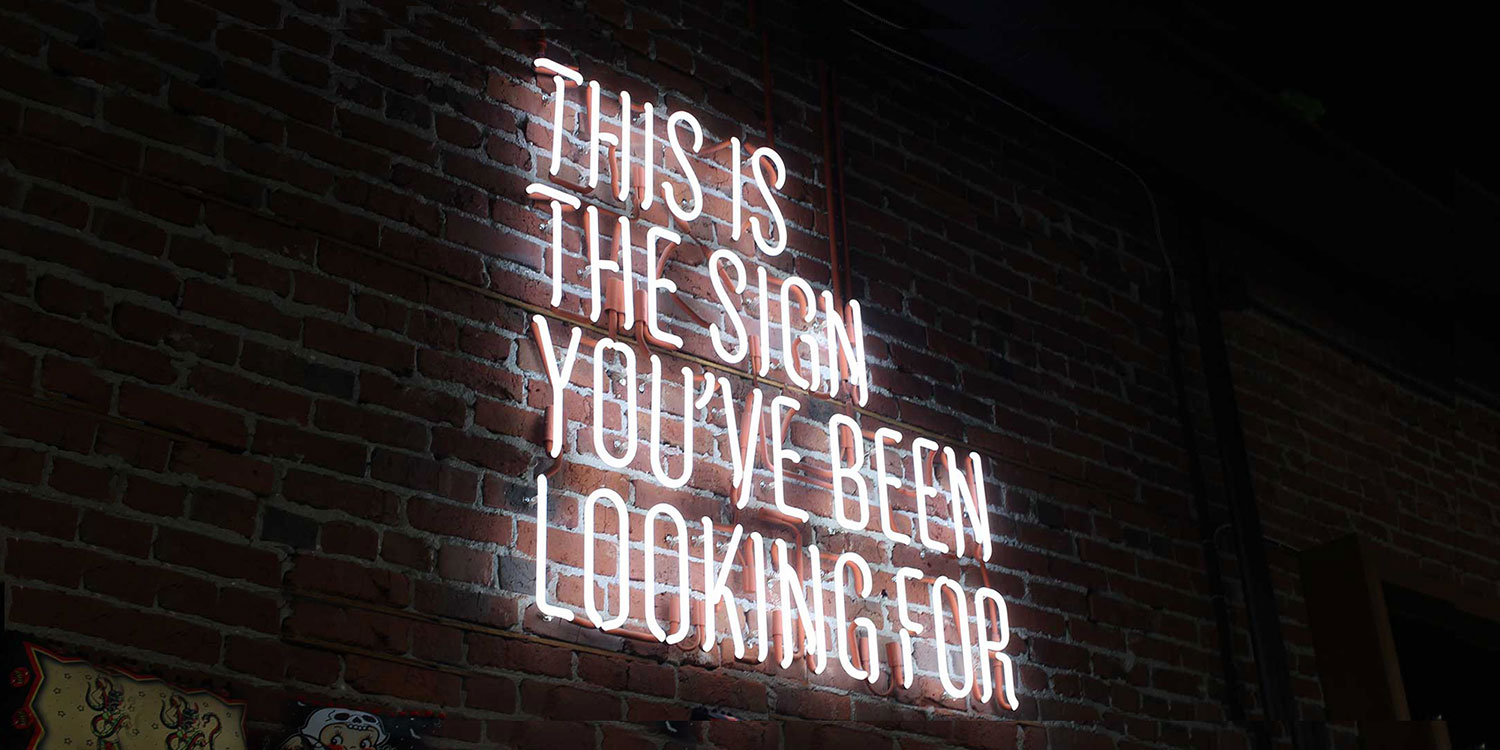Addiction doesn’t discriminate, affecting people of all ethnicities and walks of life. But sadly, access to life-saving buprenorphine treatment is less equal.
The racial disparity in how the “war on drugs” has been waged and who suffers from it is well documented. Black and White Americans use drugs at roughly similar rates, but Black Americans are 6.5 times as likely to be arrested for drug-related crimes. This disproportionate treatment has wrought immense damage on the Black community, tearing families apart and reinforcing financial inequality.
When we look at race and opioid use, there is another imbalance that needs to be addressed: the disparity in access to buprenorphine for treating opioid use disorder. There is a clear difference in how accessible buprenorphine is for Black and White people in recovery.
What is buprenorphine anyway?
Buprenorphine is one of three medications that have been approved by the FDA to treat opioid use disorder (OUD). It was first approved for this use in 2002, and since then, many studies have established it as an effective method of medication-assisted treatment (MAT).
Buprenorphine is a partial opioid agonist. It binds to opioid receptors in the brain, replacing and blocking other opioids so that they become ineffective. “Partial agonist” means that it creates limited pleasurable effects compared to those of a full agonist like heroin, fentanyl, hydrocodone, and methadone. For most people, there is little to no feeling of euphoria or high after they adjust to their dose of buprenorphine. Because buprenorphine takes a long time to metabolize, it also has a steadier effect on opioid receptors than many other opioids, lowering the risk of developing a tolerance.
Buprenorphine is absorbed well through the membranes of the mouth but poorly through the stomach and intestines, so medications containing buprenorphine are usually taken sublingually.
When taken as directed and as part of a program of behavioral therapy, buprenorphine can make a huge difference in the recovery of those who are dependent on opioids. It reduces withdrawal symptoms and cravings and helps to support long-term recovery. It lowers the risk of relapse and overdose, and allows people with opioid use disorder to regain a sense of stability and normalcy in their lives.
Why does it matter if access to buprenorphine is unequal?
People with OUD who stay on MAT decrease their risk of overdose by half. A study in Massachusetts found that those who received buprenorphine or methadone after an overdose dramatically decreased future opioid death rates. Tragically, the same study found that only 1/3 of these OUD patients received these life-saving medications.
Of these two medications—buprenorphine and methadone—only buprenorphine has been approved for office-based treatment. Methadone has been more stringently controlled and limited to specialized clinics, which administer a patient’s dose daily, under supervision. This daily visit greatly restricts those who can access treatment. As well, the public nature of being seen going to a methadone clinic every day discourages some from seeking treatment. In contrast, a buprenorphine prescription can be picked up at a pharmacy in a month’s supply. This reduces the feeling of stigma and offers greater flexibility for the patient’s work hours and travel.
Even if all aspects of buprenorphine and methadone treatment were exactly the same, it would still be concerning when access to either was restricted for certain minorities. All of those with OUD would still deserve to have equal access to the treatment that can save their lives, regardless of their race.
Disparity in access to buprenorphine due to clinic locations
Buprenorphine is a schedule III controlled substance, and doctors must have a special certification and waiver to prescribe it. This means that people can’t count on getting a prescription for buprenorphine from their family physician, and can’t pick it up at a local urgent care clinic. Instead, most people need to go to a doctor who specializes in addiction medicine or an opioid treatment clinic. But buprenorphine doctors and clinics tend to be much rarer in areas with high percentages of Black residents.
A recent study assessed buprenorphine distribution and the ethnicity of local populations. They found that from 2015-2017, areas across the U.S. with the highest percentage of White residents were twice as likely to have buprenorphine prescribers as those with the lowest percentage of White residents. According to study data, the disparity is increasing over time, as new clinics open in majority-White areas at a faster rate.
Disparity in access to buprenorphine due to prescribers’ policies and biases
While doctors work hard and go through extensive education and training, they are still humans and business people. As humans, they’re susceptible to flaws and biases. As business people, they make decisions based to some extent on how those decisions will impact their bottom line. Both of these contribute to the gap in buprenorphine access.
The impact of implicit bias in doctors has become more widely recognized in recent years. Healthcare providers are demonstrably more hesitant to prescribe opioids—even those like buprenorphine which is used to treat OUD—to racial minority patients than to White patients. This is due to internalized stigma and bias.
The types of payment accepted by buprenorphine prescribers can also have a filtering effect on the patients they accept. White patients are more likely to have commercial insurance and to self-pay. In 2017, a study found that fully 50% of the active buprenorphine prescribers in Ohio accepted only cash. A 2019 study looked at buprenorphine treatment, ethnicity, and payment type, and the authors said that their research, “demonstrates that buprenorphine treatment is concentrated among white persons and those with private insurance or use self-pay.”
What can be done?
It is difficult to dismantle systemic inequality, but we can start by taking the obvious steps. States can encourage and incentivize the establishment of offices providing buprenorphine treatment in areas with predominantly minority populations. And in the meantime, telemedicine offers a solution. People with OUD can access virtual appointments and see providers no matter their neighborhood. Before the COVID-19 pandemic, the Ryan Haight Act required an in-person medical evaluation before telemedicine buprenorphine treatment could begin. This restriction was loosened due to the pandemic, and it has dramatically increased access to care. This has been of value not only for those in racial minorities but also for people who live in rural areas.
It is also vital to get buprenorphine treatment covered by Medicaid, Medicare, and a larger number of insurance plans in more areas. Medicaid expansion is making great strides in this area. It’s important for policymakers to continue pushing forward for buprenorphine treatment coverage and for providers to participate as much as possible by accepting an array of payers rather than cash-only.
We can improve parity in access to buprenorphine treatment. But to address the inequality, we first have to admit that it exists.









